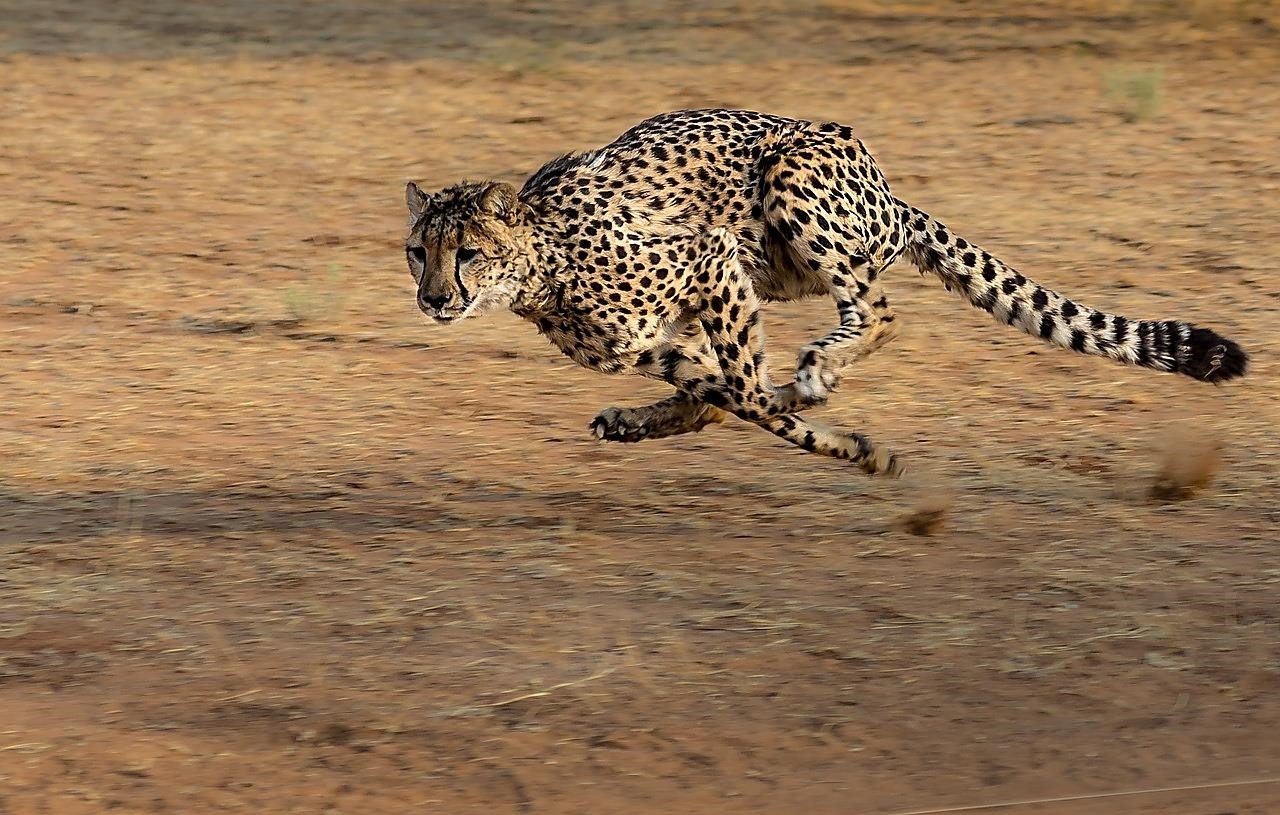Cheetahs don’t overheat when running. It was previously believed that cheetahs, who can achieve speeds of up to 60mph, could only maintain such speeds in short bursts because they would overheat. This is apparently not the case, according to a study published in Biology Letters. Scientists remotely measured the body temperature of cheetahs in action, and found that their inner temperatures weren’t the problem at all.*
Just remember, though, we’re not cheetahs, by any measure, and we do overheat (even when performing mild exercise). We also overheat (and sweat) when the weather is cooler – it’s just not as noticeable. This is why it’s advisable to make sure you have your water glass or bottle topped up and make frequent trips to your water cooler.
The chance of life existing on another planet is much more likely if there’s water to be found. This news comes as in 2015; scientists tracked down evidence of ‘liquid water flows’ on Mars. Georgia Institute of Technology in Atlanta’s Lujendra Ojha, the lead author of the study which presented the evidence, explained, “The presence of liquid water on Mars’ present-day surface therefore points to environment[s] that are more habitable than previously thought.”*
Such discoveries, while incredible, should indicate how precious a resource water is, to, at the very least, sustain life. Until we can reach the stars, so to speak, we would recommend relishing every mouthful of water we have to drink.
Your eardrums move when you move your eyes. Your eardrums don’t have anything to do with your sense of sight, as far as we know. That’s why it was so surprising when a 2018 study in PNAS revealed that our eardrums move when we move our eyes.*
To all of you rushing to the closest mirror to check, it said eardrums, unlikely you’ll be able to confirm this unless you are an ENT.
The world’s most intense natural colour comes from an African fruit. Pollia condensata, sometimes called the ‘marble berry’ is a small blue fruit that grows in African forests in countries like Ethiopia, Mozambique and Tanzania. While the fruit isn’t edible, Smithsonian reported that a 2012 study “determined that the fruit’s tissue is more intensely coloured than any previously studied biological tissue – reflecting 30 percent of light, as compared to a silver mirror, making it more intense than even the renowned color of a Morpho butterfly’s wings.”*
Having being fortunate enough to visit all three countries mentioned, this blogger is a little regretful to have not ever seen this intensely coloured berry. Haven’t seen the Morpho butterfly either, come to think of it! This is when one is very thankful for the triple w’s (World Wide Web).
Now you have some new (hopefully) knowledge tucked under your belt, you’re all set not only to refresh your drinking water when visiting the office water cooler, but also your water cooler chitchat with your colleagues. If working remotely, you can, of course, regale everyone at the next Zoom meeting.
*source: from an article at Best Life

